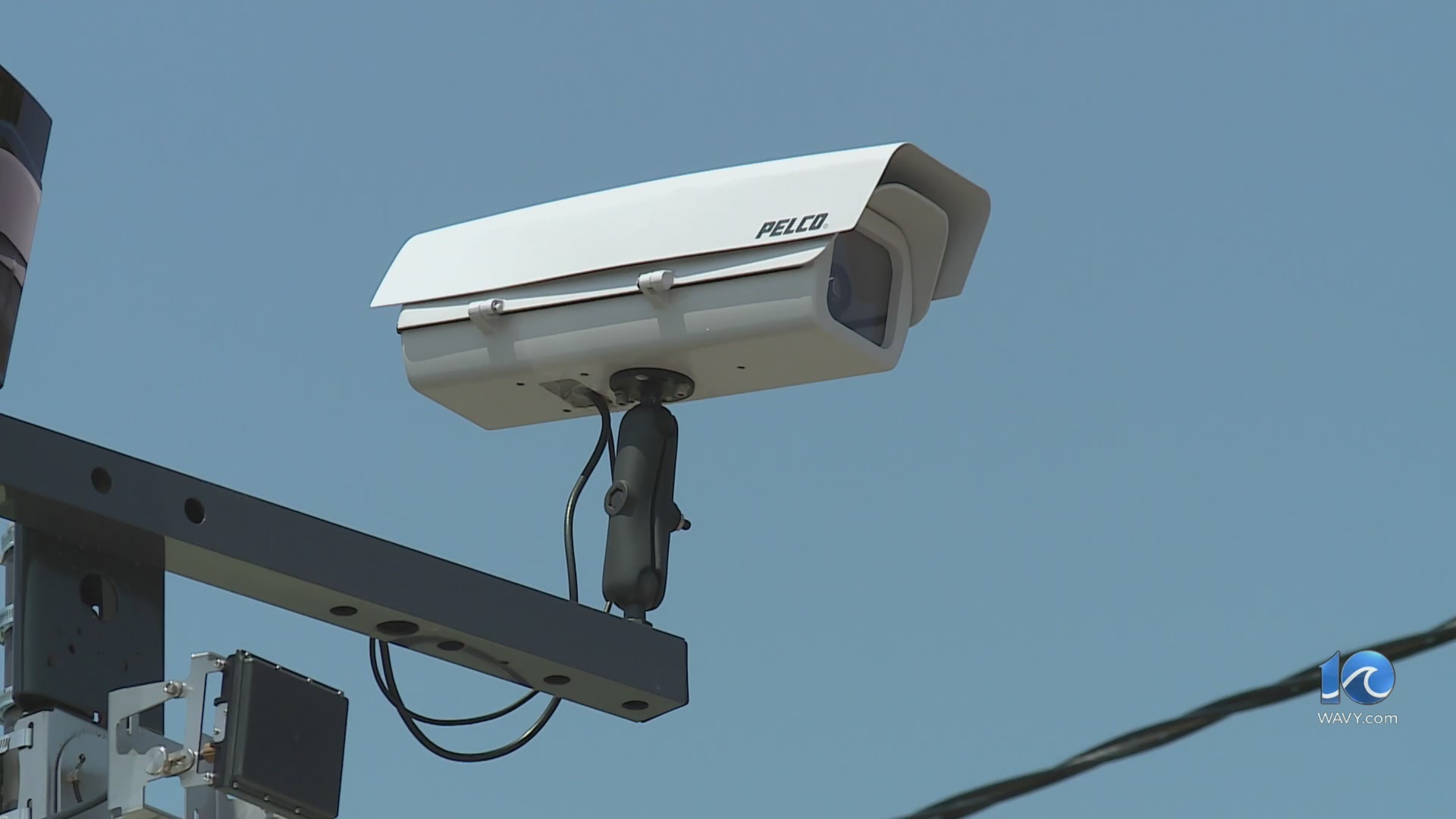NEW DELHI (AP) — After days of intense firefights, Indian and Pakistani authorities said on Monday there were no reported incidents of firing overnight along the heavily militarized region between their countries, the first time in recent days that the two nations were not shooting at each other.
India and Pakistan on Saturday reached an understanding to stop all military actions on land, in the air and at the sea, in a U.S.-brokered ceasefire to stop escalating hostilities between the two nuclear-armed rivals that threatened regional peace.
Within hours of the ceasefire announcement, however, militaries in both the countries accused each other of violations, raising fears if the agreement would hold.
The militaries of India and Pakistan have been engaged in one of their most serious confrontations in decades since last Wednesday, when India struck targets inside Pakistan it said were affiliated with militants responsible for the massacre of 26 tourists in Indian-controlled Kashmir last month.
Pakistan denies any role in backing the militants who carried out the massacre.
The incident first led to a spat of tit-for-tat diplomatic measures by both the nations, sending their bilateral relations to a near historic low. The two expelled each other’s diplomats, shut their airspace, land borders and suspended a crucial water treaty.
After India’s Wednesday’s strikes in Pakistan, both sides exchanged heavy fires along their de facto border in restive Kashmir region followed by missile and drone attacks into each other’s territories, mainly targeting military installations and air bases.
Senior military officials of India and Pakistan will speak over phone later Monday to asses where the ceasefire stands. As the world awaits what unfolds further, here’s a look at multiple conflicts between the two countries since their bloody partition in 1947:
___
1947 — Months after British India is partitioned into a predominantly Hindu India and a Muslim-majority Pakistan, the two young nations fight their first war over control of Muslim-majority Kashmir, then a kingdom ruled by a Hindu monarch. The war killed thousands before ending in 1948.
1949 — A U.N.-brokered ceasefire line leaves Kashmir divided between India and Pakistan, with the promise of a U.N.-sponsored vote that would enable the region’s people to decide whether to be part Pakistan or India. That vote has never been held.
1965 — The rivals fight their second war over Kashmir. Thousands are killed in inconclusive fighting before a ceasefire is brokered by the Soviet Union and the United States. Negotiations in Tashkent run until January 1966, ending in both sides giving back territories they seized during the war and withdrawing their armies.
1971 — India intervenes in a war over the independence of East Pakistan, which ends with the territory breaking away as the new country of Bangladesh. An estimated 3 million people are killed in the conflict.
1972 — India and Pakistan sign a peace accord, renaming the ceasefire line in Kashmir as the Line of Contro. Both sides deploy more troops along the frontier, turning it into a heavily fortified stretch of military outposts.
1989 — Kashmiri dissidents, with support from Pakistan, launch a bloody rebellion against Indian rule. Indian troops respond with brutal measures, intensifying diplomatic and military skirmishes between New Delhi and Islamabad.
1999 — Pakistani soldiers and Kashmiri fighters seize several Himalayan peaks on the Indian side. India responds with aerial bombardments and artillery. At least 1,000 combatants are killed over 10 weeks, and a worried world fears the fighting could escalate to nuclear conflict. The U.S. eventually steps in to mediate, ending the fighting.
2016 — Militants sneak into an army base in Indian-controlled Kashmir, killing at least 18 soldiers. India responds by sending special forces inside Pakistani-held territory, later claiming to have killed multiple suspected rebels in “surgical strikes.” Pakistan denies that the strikes took place, but it leads to days of major border skirmishes. Combatants and civilians on both sides are killed.
2019 — The two sides again come close to war after a Kashmiri insurgent rams an explosive-laden car into a bus carrying Indian soldiers, killing 40. India carries out airstrikes in Pakistani territory and claims to have struck a militant training facility. Pakistan later shoots down an Indian warplane and captures a pilot. He is later released, de-escalating tensions.
2025 —Militants attack Indian tourists in the region’s resort town of Pahalgam and kill 26 men, most of them Hindus. India blames Pakistan, which denies it. India vows revenge on the attackers as tensions rise to their highest point since 2019. Both countries cancel visas for each other’s citizens, recall diplomats, shut their only land border crossing and close their airspaces to each other. New Delhi also suspends a crucial water-sharing treaty.
Days later, India strikes what it calls nine terror hideouts across Pakistan and Pakistan-controlled Kashmir with precision missiles. Islamabad retaliates and fires missiles and swarms of drones across multiple northern and western Indian cities, targeting military installations and air bases. India then targets Pakistan’s multiple air bases, radar systems and military installations. As the situation intensifies, U.S. holds talks with leadership of the two countries, and President Donald Trump announces a ceasefire has been reached.






